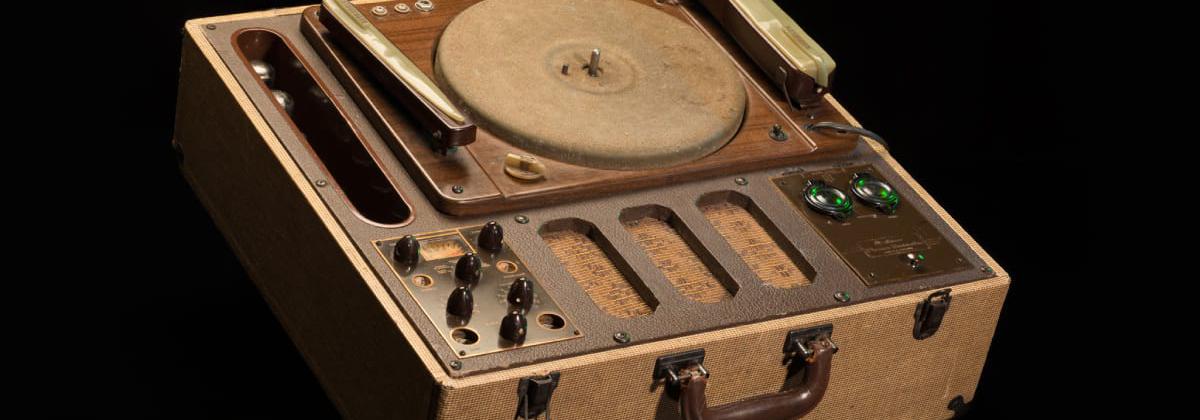
Modernization
Learn more about government’s intention to modernize the museum to protect our historic holdings and provide better access to our collections.

The Ida Halpern fonds (PR-0847) is a remarkable collection of audiovisual, textual and photographic records documenting the songs, ceremonies and culture of the northwest coast of Canada. Between 1947 and 1980, Ida Halpern, an ethnomusicologist, captured an unprecedented number of sound recordings of cultural creations from elders in Kwakwa̱ka̱̕wakw, Nuu-chah-nulth, Haida and Coast Salish communities. Her textual records include musical analyses of the songs and a wealth of information about the ceremonies, derived from interviews with elders.
Many Elders recorded by Halpern were willing to offer songs, naming ceremonies and other musical heritage because they recognized a generational decline in the common practice of their Indigenous culture. These recordings are invaluable to the families and communities who hold the intellectual rights to the songs and ceremonies. The collection is vital for language revitalization efforts and as evidence of the enduring, globally unique cultural identity of the Indigenous northwest coast, and its existence ensures contemporary First Nations musical culture remains a genuinely vibrant component of today’s communities. For many, access to these songs and the traditional beliefs they convey is a vital link to healing from the traumas inflicted by government-enforced attempts to assimilate. The Royal BC Museum and Archives digitally preserved the audio recordings in order to provide long term access to community members.
In September 2017 the Royal BC Museum and Archives officially submitted the Ida Halpern collection for consideration for inscription on UNESCO’s International Memory of the World register. In March 2018, the collection was inscribed on the newly launched CCUNESCO Canada Memory of the World register. Archivist Genevieve Weber’s appearance on This Week in History, featuring the Ida Halpern collection, was broadcast this fall, and a new installation about the Halpern recordings is now on display in the Our Living Languages exhibition.